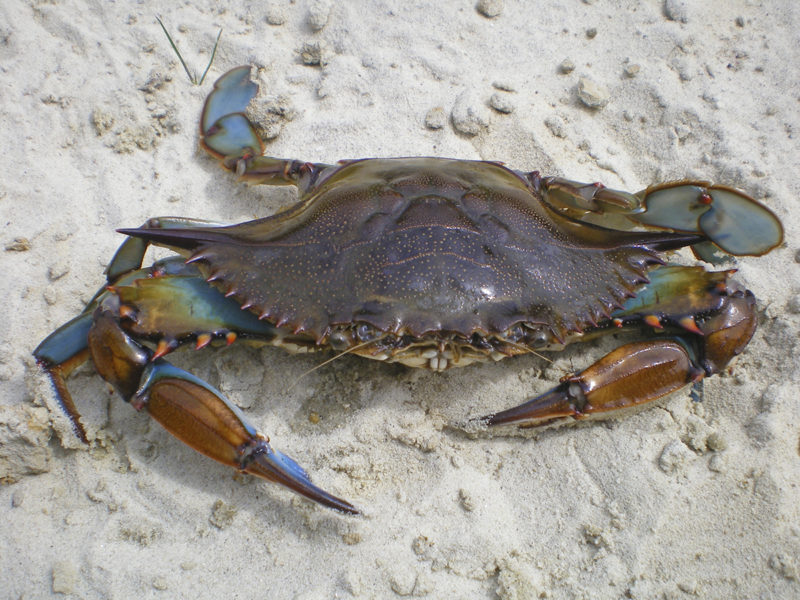North Carolina’s hard blue crab landings for the first half of 2017 were 8.09 million pounds, down slightly from the 8.34 million pounds landed for the same period in 2016. Crabbers and dealers were hoping for a bump in production for the second half of 2017 to at least match last year’s totals of 24.73 million pounds at a value of slightly over $20.7 million.
The story for the first half of 2017 is a bit different for peelers, with production nearly doubling from 362,986 to 719,987, followed by soft crabs with a 55 percent climb from 263,320 in 2016 to 407,398 in 2017.
According to Jeff Styron of Garland Fulcher Seafood Co. in Pamlico County, N.C., the hard crab season has been average at best so far.
“This certainly hasn’t been a bumper crop, and fishermen got their pots out earlier this year,” said Styron. “Adding to the mix was a great season in Maryland, which is normally North Carolina’s main market.”
Making matters worse for Carolina crabbers and dealers were the lower prices, again mainly the result of Maryland’s banner season.
“Fewer crabs can mean higher prices, but with Maryland dealers buying less, prices took a dip as well as production,” said Styron.
While jimmy crabs sold for $2 a pound for a while, the price dropped early as low as $1.50.
Oriental, N.C., fisherman Keith Bruno agrees the crab season was mediocre at best, citing fewer markets blaming the lucrative seasons in Virginia, Maryland and Louisiana.
“Louisiana’s closure definitely helped boost their production as well as shortened seasons in both Maryland and Virginia,” said Bruno. “Bottom line is these states simply don’t need as much product from us this year and that drives our prices down.”
All three states have recently instituted new limits on the crab industry.
The Louisiana Wildlife and Fisheries Commission approved a proposal that shuts down crab fishing for 90 days over the next three years. The closure begins the third Monday of February and lasts 30 days for 2017, 2018 and 2019. Also restricted is the harvest of immature female crabs throughout the year.
Fisheries officials are crediting current management strategy for the increase in the Chesapeake Bay crab harvest for the third consecutive year for a total harvest of just under 60 million pounds. The Maryland harvest was a bit over 30 million pounds.
Both Maryland and Virginia will end their respective crabbing seasons early this year, following a report indicating a drop in the Chesapeake Bay blue crab population. Maryland’s season ended Nov. 20, 10 days earlier than 2016’s extended season. In Virginia, the Marine Resources Commission ended the season Nov. 30 and will reopen on March 17, 2018, amounting to 16 fewer days than last year’s extended season.







